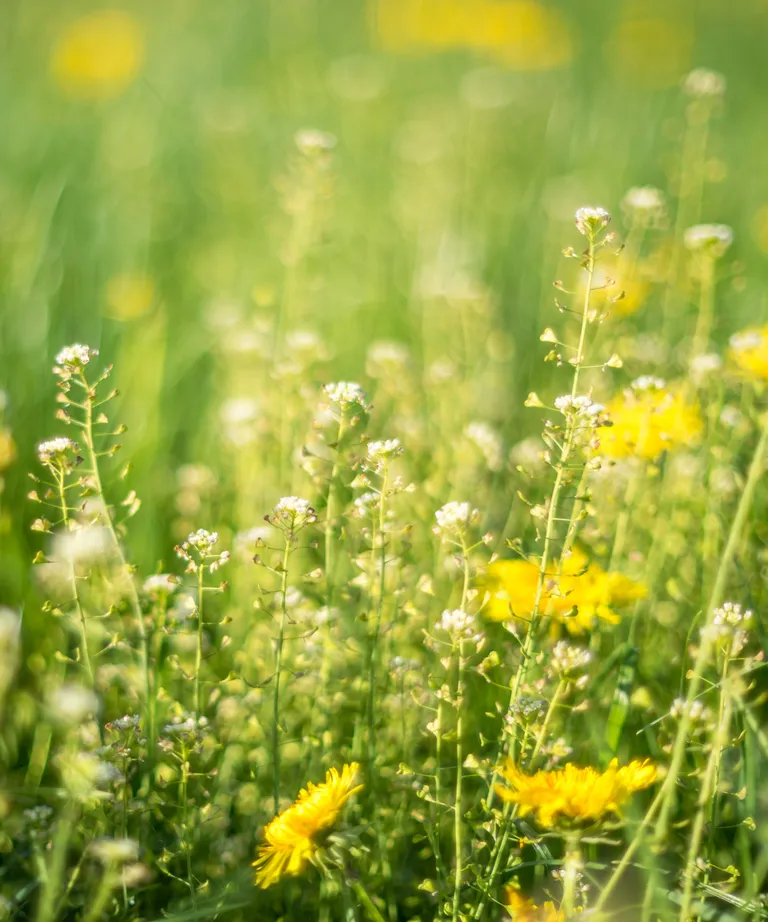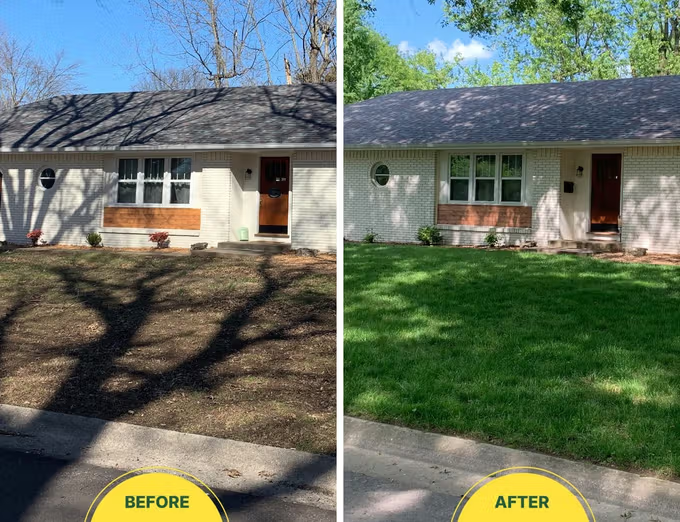Tricks to Keep Your Lawn Healthy During Winter
Last Updated on March 16, 2025 by Duncan
Even though lawns take up the majority of backyards and are an essential component of the house, many homeowners ignore them, especially during winter.
During this time, many homeowners have the impression that the lawns need less maintenance because the development of grass slows down.
Unfortunately, lawns require a lot of care during this time. For most lawns to remain healthy, they require four hours of sunlight per day. When this is impossible, grass suffers throughout the damp winter months and during the shortened daylight hours.
To keep your lawn healthy during the winter months, there are several things you need to do. These things include:
Minimize mowing frequency
You don’t need to be an expert in gardening to understand that your grass won’t require as much mowing in the winter. You can shorten your timetable as your grass’s growth rate slows down.
But just like with other plants in your backyard, a little lawn pruning will help promote development.
It’s possible that you won’t need to mow your lawn at all in the dead of winter. While this is the case, you should be aware of the cutting height from fall until then.
Remember that the height you cut the grass significantly affects photosynthesis and the grass’s health.
During the fall months, pay attention to the parts of your backyard shaded by the sun and modify the cutting height of your mower accordingly.
You should leave the lawn length higher to give the grass more area to absorb the limited sunlight.
A good rule of thumb is to mow ½ an inch higher compared to the areas facing the sun.
Don’t overwater the lawn.
Irrigating the lawn is often the first reaction when homeowners notice that their lawns are looking drab.
While this might be a good gesture, it usually ends up causing more harm than good. This is because they often end up overwatering the lawn, which isn’t a good move.
For your lawn to stay healthy, you should ensure you don’t overwater it. If your lawn is shaded in certain spots, it will retain moisture longer than if exposed to direct sunshine.
An excellent way to do it is to water your shaded lawn only as needed because overwatering puts it at risk of becoming soggy.
In the fall, watering your grass just in the spots that receive direct sunshine for most of the day could be worthwhile.
You should do watering when necessary. For example, do it only if there has been less than one inch of precipitation in your area.
If this isn’t the case, you can forgo watering entirely. Low-maintenance gardens and small lawns most likely won’t require watering in the fall or winter.
Keep an eye on nitrogen levels.
While most people believe spring is the best season to fertilize their lawns, you can still do it in October.
You should feed your shaded lawn before the leaves begin to fall.
When applying fertilizers, be cautious about how you do it. Instead of using twice as much nitrogen in your shaded areas as in sunny areas, you should switch to a fall/winter feed.
When making the application, apply more phosphorus and potassium to the parts of your grass that receive less sunlight.
On days when sunshine is even more scarce, apply a higher dosage of potassium and phosphorus that will support healthy grass growth.
Remove moss
If you have overgrown trees or other foliage in your backyard, they might obstruct the sun’s rays from reaching your grass.
This not only prevents the grass from growing as well as it should, but it also promotes moss growth.
Cutting these plants back is the easiest way to solve this problem. Fall pruning is also beneficial for trees and shrubs since it promotes new growth in the spring.
Moss thrives in dark and damp conditions, often outperforming the grass plant in shaded areas. Even though moss appears harmless, it can damage your lawn due to its rapid growth.
To save your lawn, remove moss right away and monitor it throughout the fall and winter months. The easiest way to get rid of moss from your lawn is to rake it.
Another approach you can take is to use an iron sulfate fertilizer that works by decreasing the pH of the soil and making the area less conducive to moss growth.
You can also use a generic moss killer (like this one from Amazon).


